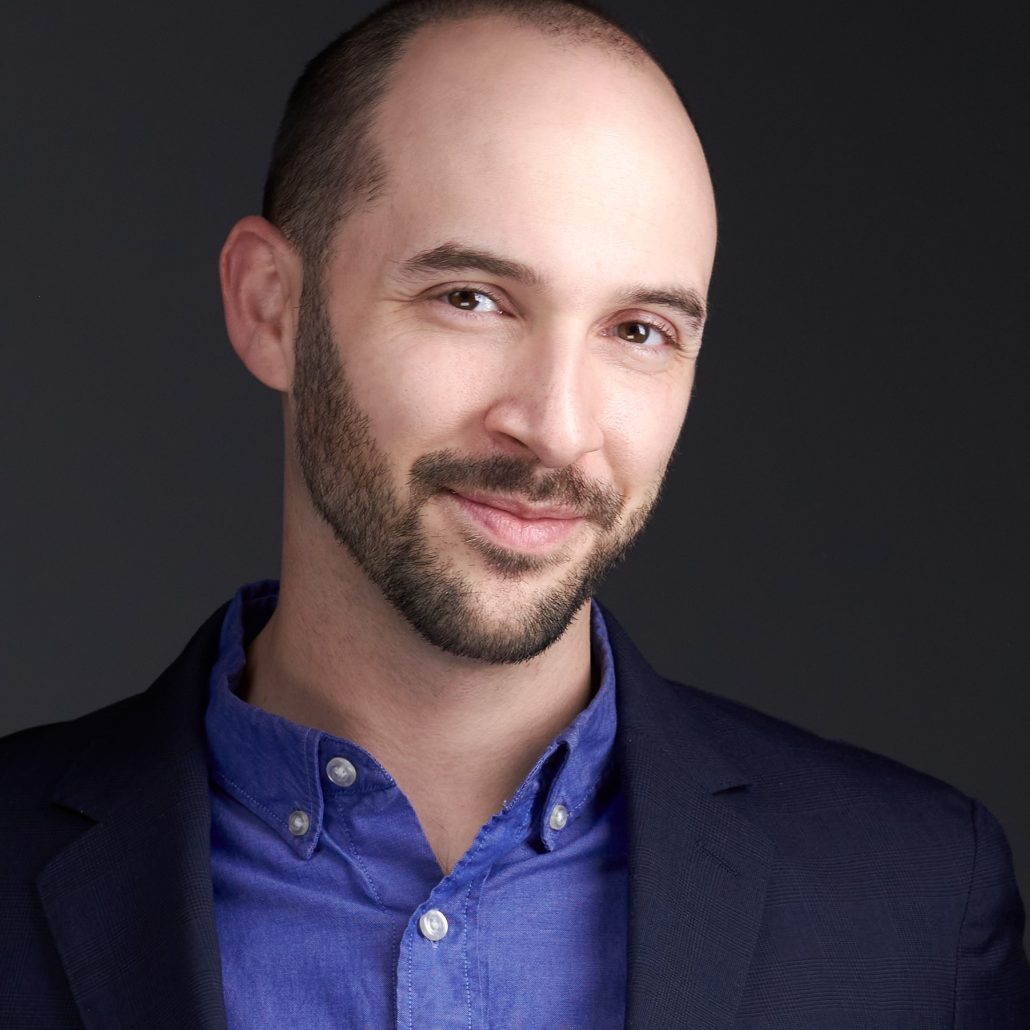By Dan Newman.
In the early days of your agency, things were simpler. You had a small team, fluid communication, and the ability to pivot on a dime. But as you grow, that flexibility turns into chaos. Client expectations increase, project complexity skyrockets, and suddenly, what used to be a 15-minute chat now requires a full-blown meeting just to get everyone aligned.
 SOPs Are The Vitamins Your Agency Needs To Grow Big And Strong
SOPs Are The Vitamins Your Agency Needs To Grow Big And Strong
One of the most crucial, yet often overlooked, aspects of scaling is the development of Standard Operating Procedures (SOPs). These help remove confusion, streamline repetitive tasks, and give back time that can be reinvested elsewhere (like building a strong team or fixing a broken culture).
The trick is to build scalable SOPs without stifling the very creativity that makes your agency special: this guide will show you how.
What is an SOP?
A Standard Operating Procedure (SOP) is a documented, step-by-step guide that outlines how a specific task or process should be performed. In a marketing agency, this could range from client onboarding and campaign development to content creation and social media management. Think of it as the playbook for your agency, ensuring consistency and quality across all your work.
A well-crafted SOP for content marketing, for example, might detail the steps involved in keyword research, content outlining, writing, editing, publishing, promotion, and content repurposing, leading to more effective and consistent content.
SOPs are crucial for scaling because they:
- Improve Efficiency: Streamline workflows and reduce wasted time.
- Ensure Consistency: Maintain quality and brand standards across all projects.
- Facilitate Training: Onboard new team members quickly and effectively.
- Reduce Errors: Minimize mistakes and improve client satisfaction.
- Support Scalability: Create a foundation for growth.
The Growth Paradox: SOPs and Creativity – Friends or Foes?
Like growth itself, SOPs are a double-edged sword. They bring much-needed creative structure, consistency, and efficiency, especially as your team grows and projects become more complex. They ensure everyone is on the same page, reducing errors and improving client satisfaction.
However, many agency owners fear that implementing SOPs will stifle creativity. The word “standardized” can be a red flag for creative teams who worry that rigid processes will turn them into robots churning out formulaic work. They envision a world of checklists and micromanagement, where innovation is stifled and creative sparks are extinguished.
This is the core challenge for agency owners: how do you create effective, scalable SOPs that provide a solid foundation for growth without sacrificing the very creative spirit that makes your agency unique? How do you balance the need for process with the desire for free-flowing ideas and innovative campaigns?
The answer lies in understanding what SOPs really are and what they are not.
A great SOP is not about micromanaging every single creative decision or dictating what to create. Instead, they’re about establishing a clear and efficient process for how to create. They define the framework, not the art within it. They’re about creating a system within which creativity can flourish, not confining it.
A good SOP outlines the steps involved in a project, clarifies roles and responsibilities, leadership structure and sets quality standards. This frees up creatives from operational headaches, allowing them to focus on what they do best: generating brilliant, innovative ideas. Think of it as providing the canvas, the brushes, and the paints, not dictating the painting itself. It’s about empowering your team to be more creative, not less.
Operational Overload: When “Winging It” Doesn’t Cut It Anymore
Many small agencies start with a “wing it” approach. That works fine when you have a small team, but as you grow, this lack of structure becomes a major pain point. Projects get delayed, communication breaks down, and you find yourself constantly putting out fires and reinventing wheels.
As time goes on, many agency owners find themselves overwhelmed by operational overload. This is a natural part of growth!
A common mistake is to swing too far in the other direction, implementing overly complex systems that bog down the entire team. The key is to find the right balance – just enough structure to ensure efficiency, but not so much that it kills creativity.
Building Scalable SOPs: A Step-by-Step Guide
Here’s a practical approach to building SOPs that scale and support creativity:
 Identify Core Processes
Identify Core Processes
Start by mapping out your agency’s core processes. What are the key steps involved in client onboarding, campaign development, content creation, and reporting? Focus on the processes that are essential to your agency’s success and happen often.
Involve Your Team
This is crucial. Don’t just dictate the SOPs from on high; involve your team in the process. They are the ones doing the work, so they have valuable insights into what works and what doesn’t. This collaborative approach also increases buy-in and makes it more likely that the SOPs will be followed.
One great way to involve your team is through an offsite. Pulling people away from the day-to-day work to strategize how to work better is an excellent way to get team members involved. This Offsite in a Box Guide will help you frame up, deliver, and follow-through on a SOP-focused offsite!
Focus on the “Why”
When putting a SOP into place, execution is half the battle. Pull together your team members and explain the rationale behind each SOP. Don’t just tell your team what to do, tell them why it’s important. This helps them understand the bigger picture and see how the SOPs contribute to the agency’s overall goals.
Create Flexible Frameworks
Avoid overly prescriptive, step-by-step instructions. Instead, create flexible frameworks that provide guidance without being too restrictive. Allow room for individual approaches and creative problem-solving. Think of it as a roadmap, not a rigid set of rules.
For example, this is a flexible and simple SOP for Post-Sale Client Onboarding:
- Conduct a Warm Handoff meeting between Sales and the Account Manager
- Account Manager fills out an intake form that collects the client’s branding guide, designated point of contact, a high-quality client logo, and sets a recurring check-in meeting.
- The Account Manager sends a digital copy of the intake form back to the client for their records.
- Account Manager updates the CRM:
- Confirm that the Company and Contact Record is marked “Customer”
- Input key contact info uncovered by the Intake form
- Creates a Renewal Meeting task 6 months out
- Enrolls point of contact in Onboarding Email Nurture Sequence
These steps seem like common sense, but when an Account Manager is running multiple onboarding meetings with different clients, it makes it far less likely that the AM will forget to ask for the branding guide and showcases to the client that you have an organized, well-run agency.
Document Everything: Document your SOPs in a central, easily accessible location. This could be a shared drive, a project management tool, or a dedicated wiki. Make sure everyone knows where to find them and how to use them.
Iterate, investigate, improve: SOPs are not set in stone. They should be regularly reviewed and updated as your agency evolves. Encourage your team to provide feedback and suggest improvements. The goal is to create living documents that are constantly being refined and optimized.
What often happens is that agencies get Documentation-Fever and make a massive effort to document many things…and then those documents get left in a shared drive to slowly go out of date. Whether it’s quarterly, semi-annually, or annually, it’s critical to review those SOPs and confirm that they are still 100% accurate.
It’s a terrible experience for a new hire to be given a handbook of out-of-date SOPs! The time cost of keeping SOPs tidy should be budgeted into the scope of what gets a SOP.
Balance Structure and Freedom: This is the tightrope walk of SOP creation. Too much structure and you stifle creativity. Too little structure and you have chaos. The sweet spot is somewhere in the middle. It’s about providing enough guidance to ensure consistency and quality, while still allowing room for innovation and individual expression.
You’ll know when you hit that balance when your team members thank you for the guidance, they can navigate the SOPs easily on their own, they use them regularly, and a spot-check on SOP accuracy comes away clean. This may take 4-6 weeks after introducing the SOP for team members to actually benefit from the change, but if you do it right, following established processes becomes motor memory.
Maintaining Strong Team Dynamics Through Change
Implementing new SOPs can be a challenge, especially for creative teams who are used to a more free-flowing work environment. Here are some tips for managing this transition:
- Communicate Clearly: Explain the reasons for implementing the SOPs and how they will benefit the team. Emphasize that the goal is not to stifle creativity, but to create a more efficient and sustainable work environment.
- Provide Training and Support: Make sure your team has the training and support they need to use the new SOPs effectively. Answer their questions and address their concerns. Special Note: many teams need more training (depth and frequency) than you may expect! Plan to revisit a SOP multiple times before it becomes motor memory.
- Solicit Feedback: Encourage your team to provide feedback on the SOPs. Be open to making changes based on their input, but don’t leave a SOP open for forever negotiation. Set a deadline when you will not make further adjustments to a SOP until the annual review.
- Celebrate Successes: Recognize and celebrate the successes that result from implementing the SOPs. This will help to reinforce the value of the new processes and encourage continued use.
The Bottom Line: SOPs Unlock Creativity
SOPs are not the enemy of creativity. When done right, they can actually empower creativity by providing a solid foundation for your team to build upon. By involving your team, focusing on the “why,” and creating flexible frameworks, you can develop SOPs that scale and support the creative spirit of your agency. Remember, the goal is not to create robots, but to create a well-oiled machine that allows your team to do their best work.
 With over a decade in the learning and development space, Dan newman has been teaching sales teams, marketing professionals, support organizations, and executive leadership how to effectively learn and grow. As the founder of Learn to Scale, a consulting firm for small marketing agencies, Dan blends engaging learning experiences and business savvy to help agency owners build companies that are set to scale. Learn more at www.learntoscale.us.
With over a decade in the learning and development space, Dan newman has been teaching sales teams, marketing professionals, support organizations, and executive leadership how to effectively learn and grow. As the founder of Learn to Scale, a consulting firm for small marketing agencies, Dan blends engaging learning experiences and business savvy to help agency owners build companies that are set to scale. Learn more at www.learntoscale.us.

